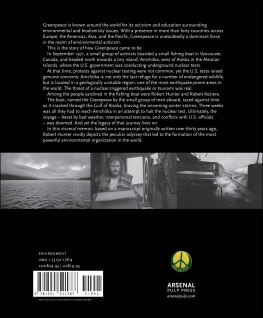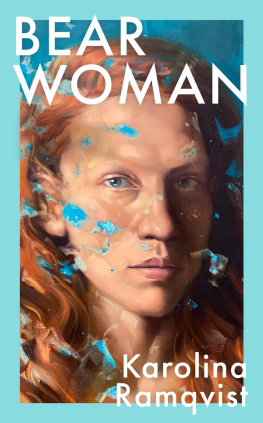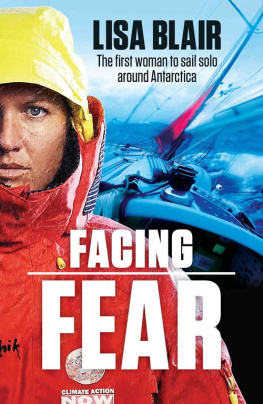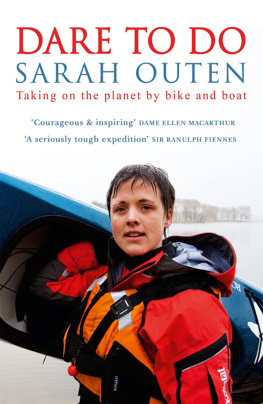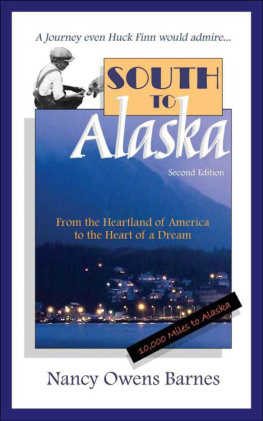COW WOMAN
of Akutan
An EXTRAORDINARY, COMPELLING
Story of a UNIQUE ALASKA ADVENTURE
BY JOAN BROWN DODD
PO Box 221974 Anchorage, Alaska 99522-1974
ISBN 978-1-59433-479-5
eBook ISBN 978-1-59433-480-1
Library of Congress Catalog Card Number: 2014940558
Copyright 2014 Joan Brown Dodd
First Edition
All rights reserved, including the right of reproduction in any form, or by any mechanical or electronic means including photocopying or recording, or by any information storage or retrieval system, in whole or in part in any form, and in any case not without the written permission of the author and publisher.
Manufactured in the United States of America.
Dedication
Dedicated to the memories of Charlie Brown (1930-1999) and Hans Radtke (1935-1996) without whom my adventure would not be possible.
Acknowledgements
I am indebted to the excellent editorial assistance of James Engelhardt, Dawn Marano, and Rebecca Davis for their invaluable professional critiques. Independent of each other they saw the potential human interest of my story and offered me great encouragement. I also thank some of my Akutan friends for jogging my memory regarding incidents and dates that go back almost 50 years. Specifically helpful were Tina Kudrin Gauen, Alice Tcheripanoff, Moses Tcheripanoff, and Zenia Borenin. I know there were others and I hope this story will be a way of thanking the people of Akutan for being there when my family so desperately needed them.
Authors Note
In August of 2001 I received an improperly addressed letter of inquiry about some wild Hereford cows on Akutan Island in the Aleutians, off the coast of Alaska. The address did not include a post office box number. When that number was missing, often the post office returned the letter to the sender, even though Homer is a small town in Alaska. A real estate office where Id once worked, Gold Rush Realty, was used as the address, but it had closed almost sixteen years before. Even with this improbable address, some thoughtful employee who may have recognized my name put the letter in the box Id had since 1973.
This is the incorrect mailing address of the letter that I received thirty-one years after leaving the island.
Joan Brown
Gold Rush Realty
Homer, Alaska
This is the letter.
July 26, 2001
Dear Ms. Brown,
Your name was mentioned to me by several residents of Akutan as one of the persons who was involved in an attempt to introduce cattle to the island some years ago. Beyond that bare information, peoples recollections differ and there is no consensus as to when or how this occurred. In my past six months on the scenic isle of Akutan, I have twice observed some of the cattle (or probably their descendants) that you and your husband brought here: they seem relatively healthy though through inbreeding they appear to come from the shallow end of the gene pool. As a transplanted Montana rancher I am very interested in any details, pictures, recollections, memories or tales you may have concerning these critters.
Sincerely,
Doug Dodd
Box 9
Akutan, AK 99553
I was surprised to learn that so many years later there was evidence that enough of the original cows had survived to provide future generations of cattle. I thought about the letter for a few weeks, and then in August, 2001, I sent a brief note thanking him for letting me know there were still some descendants of the original small herd wed taken out there in 1965.
He responded shortly after, this time a properly addressed envelope, and described his interest as mostly curious and just wanted to know more about the ranch story, since he was raised on a ranch. He would be working for a seafood plant there for the next six months and wanted to know more about Akutan.
As I felt more comfortable revealing the various events that took place on Akutan in the sixties, Doug started referring to me as the cow woman when conversing with his family and friends, hence the title. As I became immersed in events that took place back then, my letters became quite lengthy and frequent. He responded with a fascination that encouraged me to continue telling him my story. Besides our ranch experiences, I described a village and a people that I interacted with between 1965 and 1970. He bluntly responded that the place I described no longer existed. I was stunned to discover that the new Akutan has little resemblance to the village I knew. To me, the old Akutan was the Shangri- La of the Aleutians. I am thankful that it existed when I was there.
Several years ago, I gathered my letters and notes and began this book, which may not have come about if it werent for Doug Dodds curiosity on how the cows came to be there and his persistence in the search for the answer. Thus, my story, along with the cows, is the remaining legacy of the ranch that Charlie Brown, Hans Radtke, and I started in 1965, and the often unpredictable adventures our family experienced during our five years on Akutan.
As a side note, after four months of corresponding, Doug proposed to me and I accepted, though we still hadnt met. We were married in June, 2002. Afterward, he encouraged me to put all my writings in a book, as I had made copies of my letters to him. Now that my story is completed, I am grateful to him for his help and encouragement. I also feel gratitude toward those cows. Without them, I wouldnt have met my husband.
Chapter
Bound for Akutan
A heavily laden seventy-five year old wooden freighter, the MV Robert Eugene, set sail from Seattle, Washington on a two thousand mile journey to the Aleutian Islands in mid-June, 1965. Noted for their frequent storms with powerful winds sometimes registering over one hundred miles an hour, the Aleutians hold the well-deserved title, Birthplace of Storms. Three novice ranchersmy husband Charlie Brown, our bachelor partner Hans Radtke, and Iaccompanied by our two children, eight-year-old Becky and five year old Malcolm, had hired the boat.
We were transporting almost five hundred farm animals to the neighboring islands of Akun and Akutan, near the upper end of the chain of islands that curves far to the west toward Japanbetween the North Pacific and the Bering Sea. This isolated location would be home for four hundred Columbia sheep, heavy with winter wool, fifteen full-grown Hereford heifers, one young curly faced pedigreed bull, six goats, two horses, a few laying hens and a rooster.
The animals, in multiple pens three tiers deep, filled the ninety-five foot craft from the depths of its deep hold to just under the long deck. They took up most of the space down below; so much of the cargo, such as bags of feed, bales of hay, and building materials, along with all of our earthly possessions, was piled on the narrow decks and covered with tarps, then lashed down with ropes and bungee cords, leaving minimal room for maneuvering through the outside walkway.
The remaining occupants included the skipper, slim, blonde, middle-aged Carl Flory, who had navigated those dangerous waters for many years operating tugboats that pulled barges from Washington to islands in the Chain, so he was the ideal choice. His first mate, Jack Grahamtall, slender and younghad assisted Carl on the Robert Eugene the previous year when the boat owners, Rufus and Alice Choate, brought their own livestock to Unalaska Island, forty miles from Akutan Island, having sold their Montana ranch and bought the boat to transport their animals to their leased grazing land on that island.


